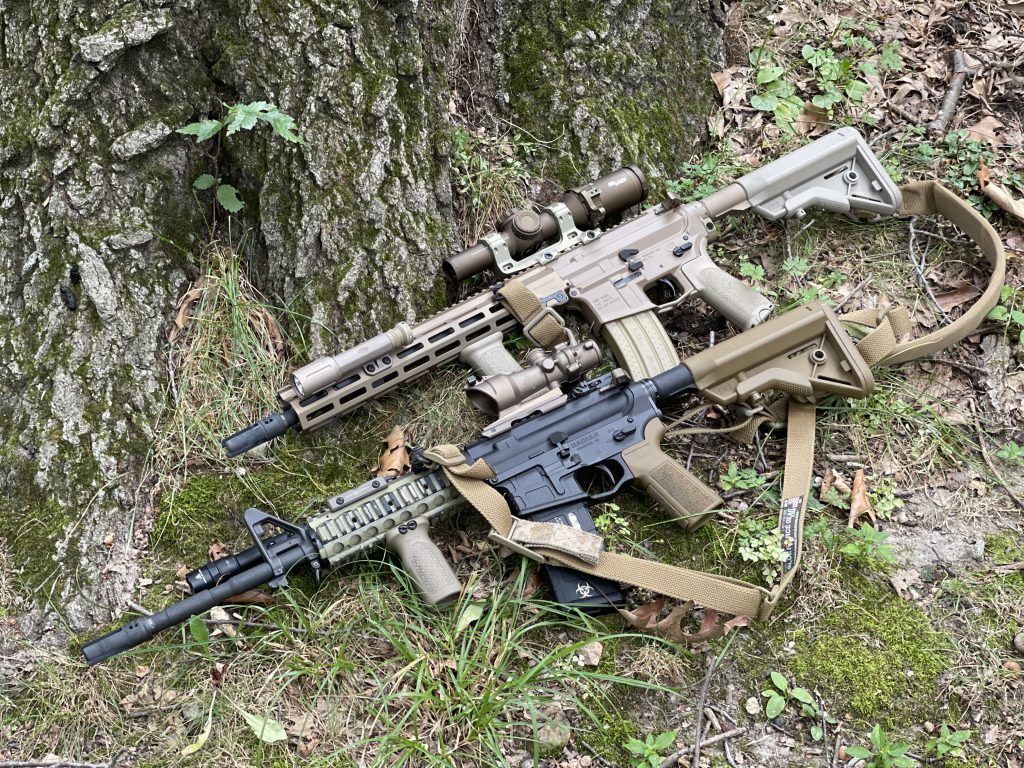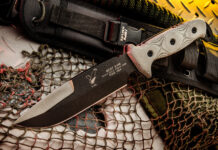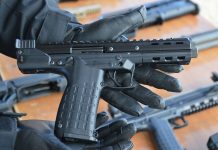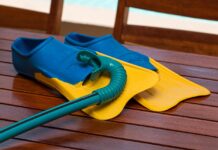If you delve into the PIP, Product Improvement Program, process of the US Military you will stumble across a lot of… good ideas.
The M16A2 was, in most respects, an excellent upgrade to the M16A1. We got heavier ammunition, better sights, and we allegedly got a better barrel too. But if you look into the program a little more, the barrel being made so much heavier was a decision made on faulty information. The rumor was that M16A1 barrels were getting bent, the reality is that barrel straightness gauges were getting hung up on build up around the rifle gas port and that was being mistaken for a bent barrel.
The subsequent heavier M16A2 barrel, and later the M16A4 barrel, were heavy in large part to prevent the barrels getting bent. They’re still good barrels, but they were chosen on a faulty premise.
Now, changing platforms to the free floated M4A1 Block II’s and we saw these new barrels chosen for accuracy under sustained fire and not rigidity to prevent bending. Rifle barrel debates range very widely and rumors abound.
In the video, Henry and Josh test these rumors and see if its fact or hype. There is no doubt the SOCOM barrel is a good one, but so is an old M4 profile barrel, even in a non-floated rifle.

Image by RMFA Photography, J. Sarkody
Watch and learn, Henry does an excellent breakdown of the results.
Short version though, the thicker barrel seems to be one of those poorly or incompletely thought through items that doesn’t do what internet lore says and is just part of a system that still works regardless. The SOCOM barrel, like the M16A2 barrel, appears to be largely unnecessary for what the rifle is required to do and how much stress the rifle is required to endure before any component failure. Floating a barrel has obvious and appreciable benefits but thickening it, for a rifle and without also increasing the endurance on other parts, doesn’t appear to. Rifles, even fighting rifles, don’t sustain rates of fire like machine guns do so they aren’t built to. This means that with good barrel quality material weight can be saved without sacrificing any needed mechanical performance.
Two other items to note that are often given too much false efficacy are chrome lining and 1 in 7 twist rates. These are items that have specific jobs and were chosen for specific things but that also have limiting effects on the efficacy of the rifle accuracy wise. In the commercial space, the law enforcement space, and even the military space if automatic weapons are not in support (rare and less than idea) a 5.56 rifle with a quality nitride treated barrel and a 1 in 8 twist rate for the rifling is a comfortable place to cover down with all kinds of available ammunition.
That said, I almost always get chrome-lined 1:7 twist barrels on my rifles anyway. Why? Because I want them, I’m bad about cleaning guns and that helps. They aren’t more accurate, but they do have some durability advantages. 1 in 8 twist would almost certainly tighten groups for most of the ammunition types I shoot, but not a tremendous amount and I don’t have any rifles I’ve built into dedicated precision rigs. I need the rifles accurate enough and after that I want them able to be kept running on a little lubrication and an occasional wipe down.



